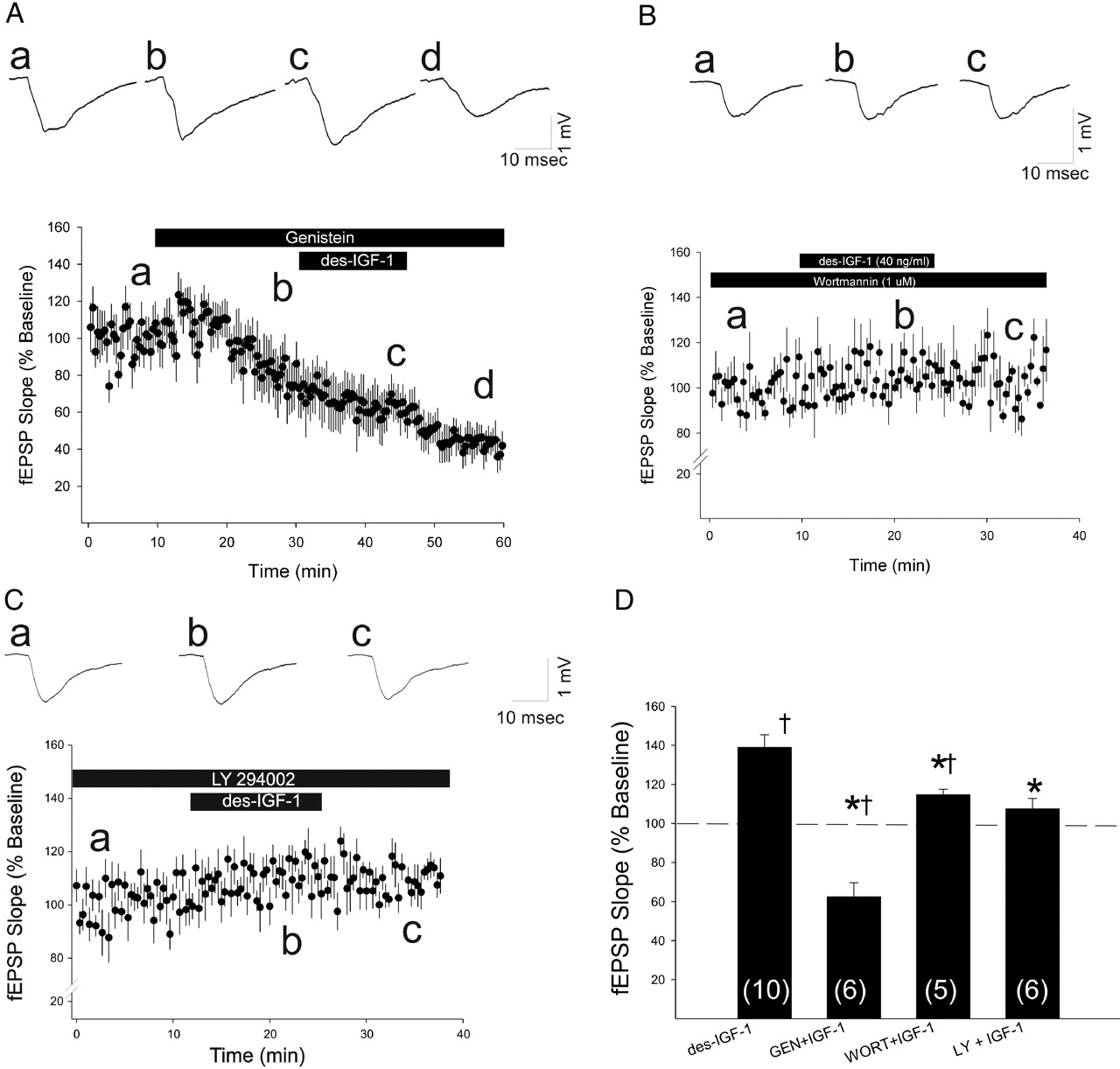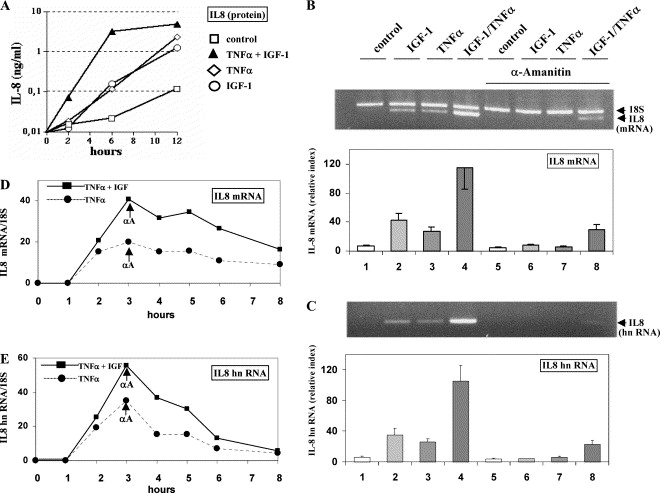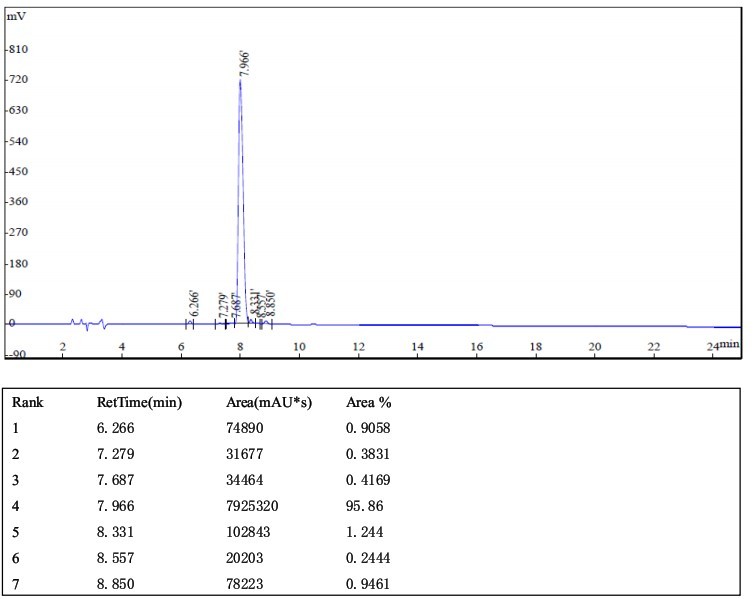(Click here to read our disclaimer)
(If you want to buy igf-1 des in our store click here)
IGF-1 des refers to the 83 amino acid IGF-1. This is a highly anabolic hormone that is typically released from the liver in animals. IGF-1 des is one of the more potent growth factors in the body of animals. It can cause muscle cell hyperlasisa as well as insulin-like reactions in the natural setting when stimulated.
Studies are currently ongoing to better determine the effects of this chemical on different tissues. This is helping researchers determine potential dosing that could someday be used to treat diseases that are associated with a lack of IGF-1 des in animal.
Effects on Brain Injuries in Adult Rats
It is known that insulin growth factors IGF binding proteins are expressed in certain regions of the brains of rats after they have experienced neuronal loss.
- It was found that three days after the hypoxic-ishemic brain injuries the IGF-2 levels would change later while central administration of the rh-IGF-1 were noticeably altered after the injury caused by neuronal loss in vivo.
- The levels of IGF-1 and IGF-2 were monitored two hours after the chemical was administered in the lateral cerebral ventricle following the injury.
- Unilateral injuries that were induced in adult rat subjects in the right carotid artery ligation was followed by a 10 minute exposure to oxygen. The neuronal loss was determined in the striatum, dentate gyrus, hippocampus and thalamus 5 days after the injury.
Administration of 20 micrograms of IGF-1 after the injury caused a reduction in neuronal loss. The trends in lowering neuronal loss remained constant until administrations of 150 micrograms of the chemical were reached. At this point there was an increase of neuronal loss in the dentate gyrus and hippocampus.
Bovine Mammary Cell Proliferation
The mammary epithelial cells were isolated in pregnant but non-lactating heifers to determine the effects of IGF-1 on these cells.
- The truncated forms of IGF-1 and IGF-2 in these cells stimulated a significant proliferation of cells.
- A media serum along with IGF-1 the mammary cells would also secret and produce an additional four species of IGF-1 binding proteins that would range from 21-48K.
- Those that were exposed to cells that were grown in a serum only saw detectable quantities of two of these major forms of the chemical at 34-48K.
Immunoblot analysis was used to identify these proteins. It was found that they were inducible if IGF was added to the serum-free media. RIA analysis was used on the bovine mammary cells to control the cultures of these secretions. Cells that were exposed to des-3 IGF-1 were 60 percent less to produce IGFBP-1 while insulin and IGF-2 failed to stimulate this production.
Ongoing studies are being applied to understand how IGF-1 des reacts in insects or amphibians as opposed to subjects like rats which fall into mammalian categories. These differences will help scientists better understand the nature of this chemical so it can be better applied for therapeutic uses in the future.
Sources:
http://endo.endojournals.org/content/137/3/893.short
http://endo.endojournals.org/content/129/2/671.short
Click here to view our entire PDF research library
Click here to view or download this article in PDF format


